
THE XERCES SOCIETY FOR INVERTEBRATE CONSERVATION Aquatic Invertebrates in Pacific Northwest Freshwater Wetlands |
| Home |
|
(scroll down to view more options; click on a blue link to move forward in the key; click on an image to enlarge it) |
|
Jointed legs that are usually hardened. Includes most insects, crustaceans and mites. |
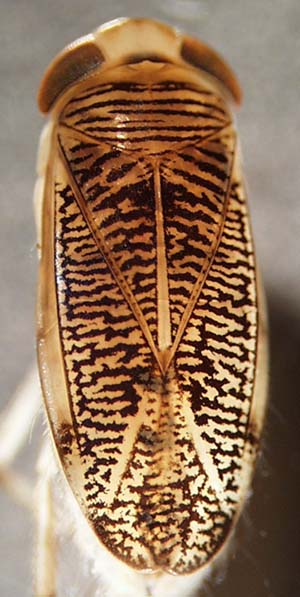 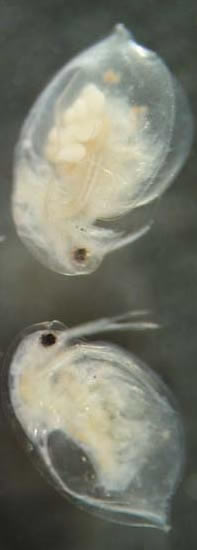 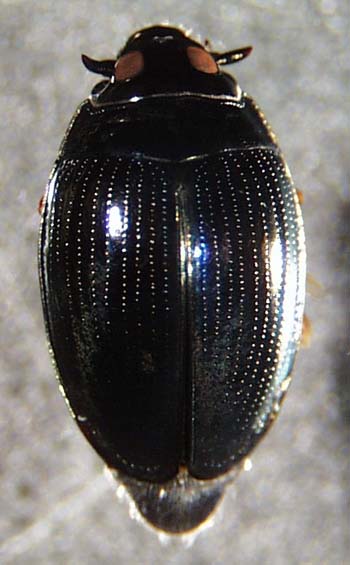 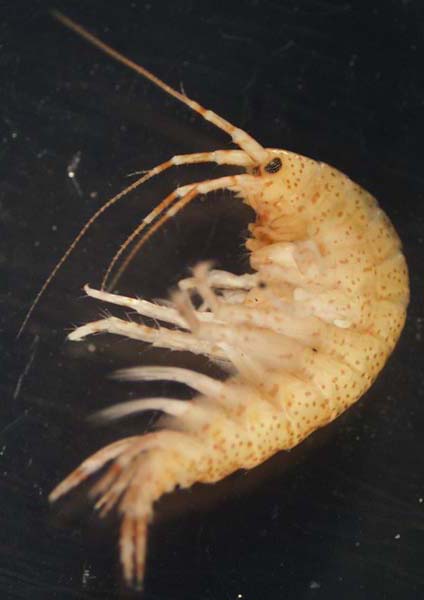  |
|
|
Soft bodied, often worm-like, sometimes with fleshy legs or suckers. Includes immature flies, worms, nematodes, nemerteans, leeches, flatworms, hydra, sponges and moss animals. | 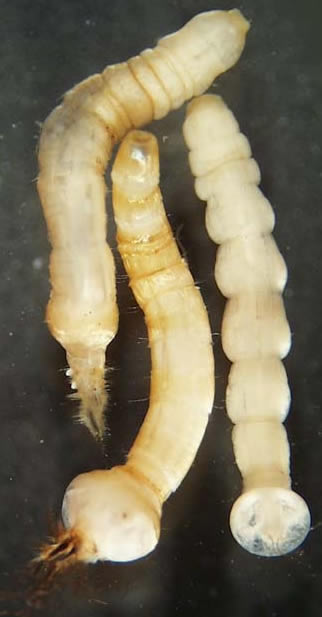   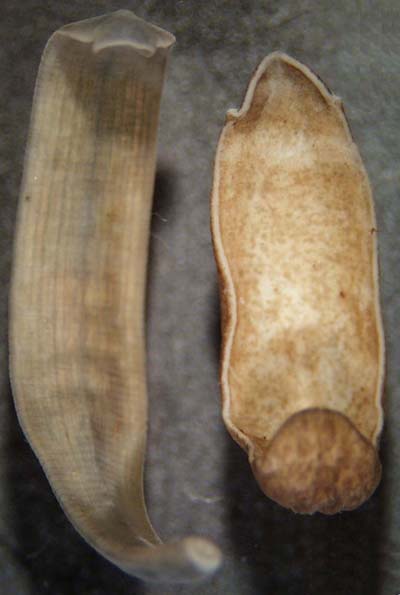  |
|
One or two hard shells protecting a soft and fleshy body (Mollusca) |
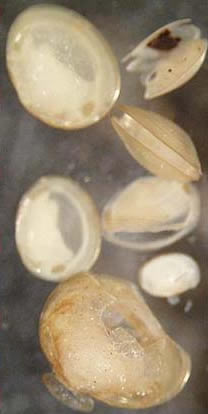   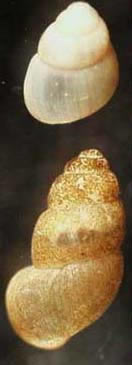 |
||
| Sessile (not free-moving) (Porifera - sponges) familiar sponge-like "colony" made up of many specialized cells; lack tentacles or other structures; range in appearance from large blanket crusts to finger-like projections; may see fuzzy-looking nodules in a sample |
 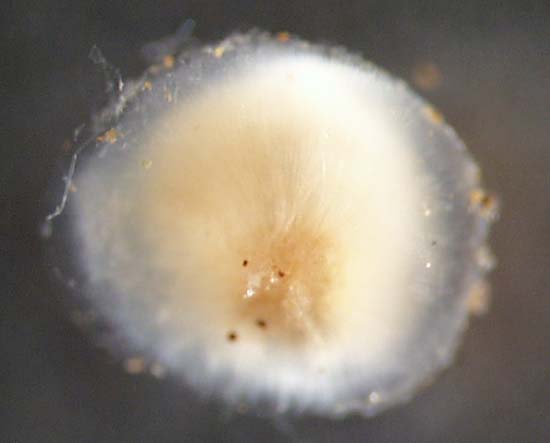  |
||
F.Y.I. |
|||
(for the curious) |
|||
Invertebrate taxa not commonly found in freshwater wetlandsOrganisms typical of faster moving waters or other aquatic habitats. |
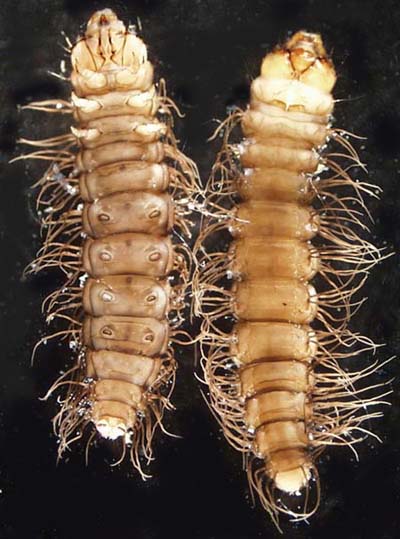 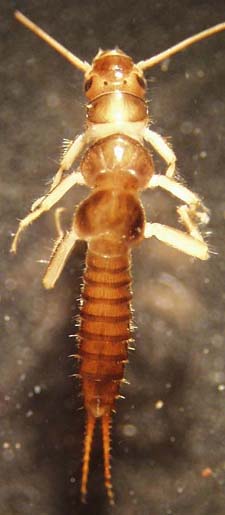 |
||
Incidental adultsTerrestrial adult forms of aquatic larvae, and insects that are entirely terrestrial. |
 |
© 2007 Xerces Society
Contact info@xerces.org